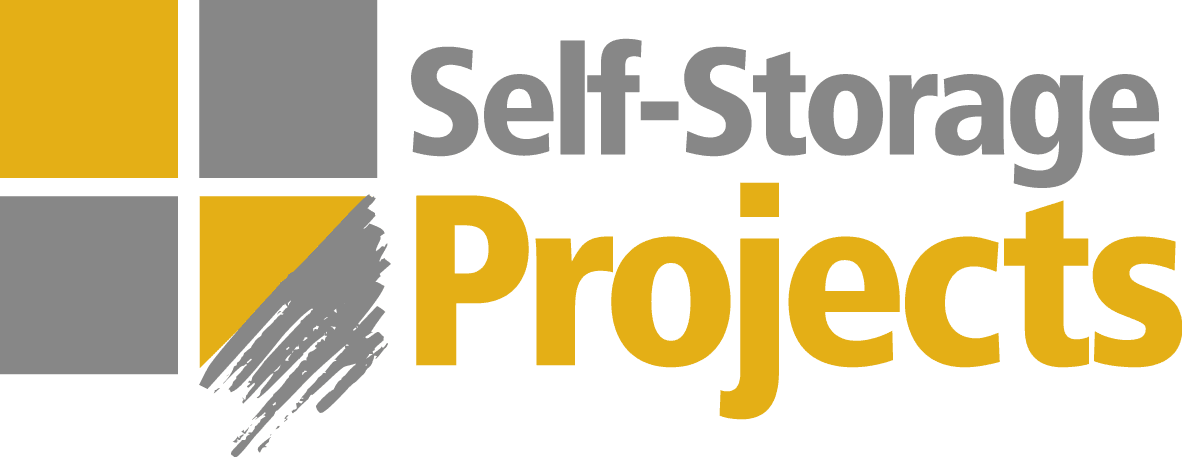AI and the Future of Digital Marketing

A Quick Guide For Self-Storage Operators
The way people search for businesses is starting to change—and it’s not a subtle shift. AI tools like ChatGPT, Google Gemini, and DeepSeek are beginning to shape how customers ask for recommendations online. Instead of browsing a list of results or clicking on ads, users increasingly expect direct, curated suggestions. And when that happens, only a handful of businesses will be recommended.
For self-storage operators, this could change the rules of digital marketing. While Google Ads and SEO still matter today, there’s a clear need to prepare for a future in which your facility may need to earn a place in a single AI-generated answer, not just on a search results page.
This guide explains what’s happening, where we’re headed, and what you can start doing—this week—to make sure your business stays visible as AI-driven search becomes more mainstream. The goal isn’t only to gain the trust of AI tools—it’s also to train and educate them about your business, your services, and why you’re a relevant choice for the customers they’re helping.
What’s Changing
In a traditional search, a customer looking for storage in Valencia might type “self-storage Valencia” into Google. They’d see a mix of paid ads, a map with local listings, and some organic search results.
Now imagine someone asking an AI assistant: “Where’s the best self-storage facility near me?” Instead of showing a dozen options, the assistant gives one or two names. The AI isn’t just pulling from keywords—it’s weighing reviews, web presence, business relevance, and public signals.
This kind of search doesn’t reward whoever spends the most on ads. It rewards businesses that are credible, well-reviewed, and clearly described across the web.
Why You Can’t Just Pay for Placement (Yet)
As of now, you can’t buy visibility in ChatGPT or DeepSeek the way you can on Google. OpenAI, Google, and others are still figuring out how to introduce advertising into their AI models. That might change soon—but for now, inclusion is earned, not bought.
That’s exactly why this moment matters. The early days of AI search present a unique opportunity: to build the kind of online presence and reputation that makes your business one of the few chosen by the AI. Once paid placements become the norm, the competition will be steeper and more expensive.
Why This Matters for Self-Storage
To understand how AI might change discovery, it’s helpful to first consider how people currently find storage services in Spain. Right now, Google Search and Google Maps remain the most widely used tools. Most customers search directly for “trasteros en [city]” or similar terms, often comparing options based on map location, ratings, and opening hours.
However, platforms like Idealista, Fotocasa, Wallapop, and the newly launched Trasterone may play a much larger role in the near future. While Idealista and Fotocasa are focused on property listings and Wallapop on classifieds, Trasterone is specifically built to serve the self-storage industry. If these platforms start integrating AI features—or if AI models begin pulling data from them—your visibility may depend on whether and how you’re listed there.
Self-storage is a local, need-based service. Customers don’t spend weeks researching. They do a quick search, compare a few options, and make a decision.
AI tools aim to simplify that even further: instead of offering a list, they just tell the user what to do. If your facility isn’t the one being recommended, you may not even be considered.
And because these tools rely on more than just your website—they pull from reviews, listings, directory sites, and even blog content—your broader online footprint becomes just as important as your home page. Maintaining a blog on your own website can support this effort. A simple strategy: publish one short post per month answering a real customer question or explaining a key service (e.g., “How much storage space do I need?” or “Short-term vs long-term storage—what’s the difference?”). This builds trust and helps AI models understand the specific value your business offers.
Five Things You Can Do Now
1. Make Your Site Easier to Understand
AI systems need clear, structured information. If your website runs on WordPress, you can use plugins like Yoast or Rank Math to implement schema.org markup for local business data. If not, speak to your web developer about adding this directly to your site’s code.
Your website should clearly state:
- What services you offer
- Where you’re located
- What unit sizes and pricing are available
- What makes your facility stand out
Review your homepage and service pages to ensure clarity, accuracy, and structure. Keep the language simple, natural, and customer-focused—remember, it’s not only your potential customer reading it, but also the AI interpreting it.
2. Improve Your Online Reputation
AI recommendations are influenced heavily by customer reviews and public sentiment. Now’s the time to:
- Ask your recent happy customers to leave a review—prioritizing Google Maps or Trustpilot depending on what’s most trusted by your audience. Use a direct link from your Google Business Profile to make it easy.
- Set up polite follow-up emails after sign-up to request a review.
- Claim and update your business information across relevant directories like Google Maps, Apple Maps, QDQ.com, and Páginas Amarillas. Make sure your hours, contact info, and service descriptions are consistent.
Respond monthly to reviews across all platforms. This consistent engagement shows AI that your business is active and customer-oriented.
3. Monitor How AI Mentions Your Business
Try it yourself. Ask ChatGPT, Gemini, or Bing Copilot: “What’s the best self-storage in [your city]?”
- Does your name appear?
- Does it return an answer at all?
Create a simple spreadsheet and track this monthly. Log which tools mention your business and what they say. Over time, this becomes your AI visibility dashboard.
4. Don’t Hide Your Prices
Many operators hesitate to publish pricing, either to avoid scaring off potential customers or because they worry about competition. But in an AI-driven search landscape, pricing transparency will be a key trust factor. If AI tools can’t understand what your service costs—or if another facility is more open about pricing—they’re more likely to recommend that business. Even listing a starting price or price range helps position you as more trustworthy and complete.
5. Don’t Abandon Google Ads—Yet
PPC campaigns still work, and they’re still necessary. But begin reallocating around 10% of your marketing budget toward AI-readiness. If you don’t have the expertise in-house, consider working with a specialist or agency to ensure that each area is handled professionally—especially when it comes to content creation, technical improvements, and online reputation management. These investments can yield a strong return by improving visibility and trust in both AI and traditional channels.
Focus your efforts on:
- Hiring a content writer to improve your site’s tone and clarity—e.g., writing a blog post that answers “How much storage do I need?” or rewriting your homepage with more natural, customer-focused language
- Implementing a reputation strategy: monitor and respond to reviews, optimize your Google Business profile and other listings, and consider external help to strengthen your online perception
- Testing ad placements on Microsoft Bing, which already integrates AI features
The sooner you begin strengthening your digital presence, the better positioned you’ll be when AI platforms begin offering sponsored placements.
When Will This All Take Shape?
There’s no fixed timeline, but the direction is clear. Based on recent reports and statements from industry leaders:
- 2024–2026: AI-powered answers begin influencing decisions. According to The Times, retail traffic from AI tools increased tenfold in the second half of 2024. PPC still dominates for most local services.
- 2026–2028: Sponsored AI recommendations begin to appear. Competition increases.
- 2028–2030: AI-driven search becomes the dominant or preferred method for local discovery. Businesses without a strong AI presence begin to lose visibility.
Sources: The Times (2024), The Verge, Wall Street Journal
Final Thoughts
You don’t need to guess where things are heading. The tools your customers use to search are changing. The way they discover businesses is changing. And the cost of visibility is about to shift dramatically.
But this isn’t about abandoning what works—it’s about adding what’s coming.
Start here:
- Review and simplify your website content
- Identify areas where expert help—content, technical SEO, or reviews—could save you time and improve results,
- Add structured data (schema markup),
- Ask for fresh customer reviews this month,
- Check how AI tools describe your business,
- Allocate around 10% of your marketing budget to future-focused visibility efforts
Operators who act early won’t just adapt to AI search—they’ll lead it.
Curious how your business appears in AI today? Try asking ChatGPT: “What’s the best self-storage facility in [your city]?”
